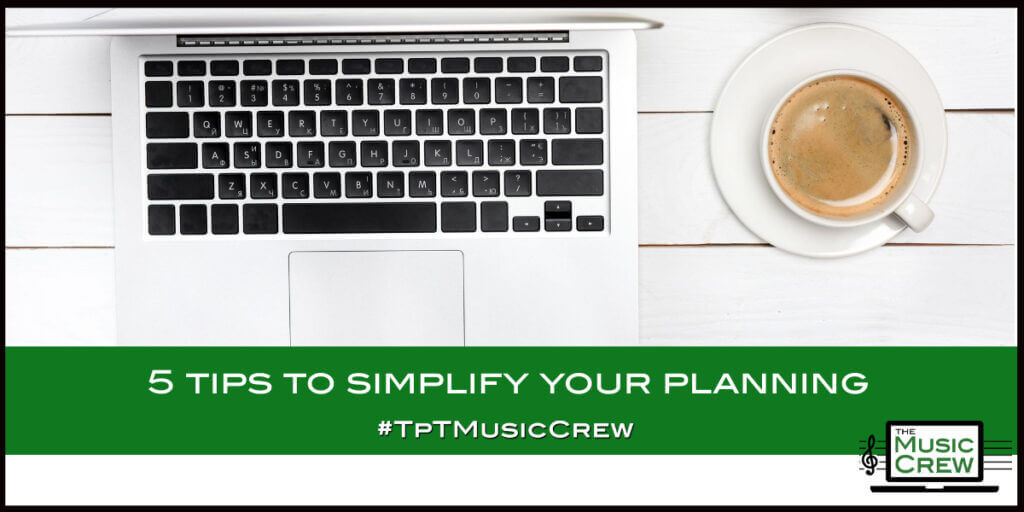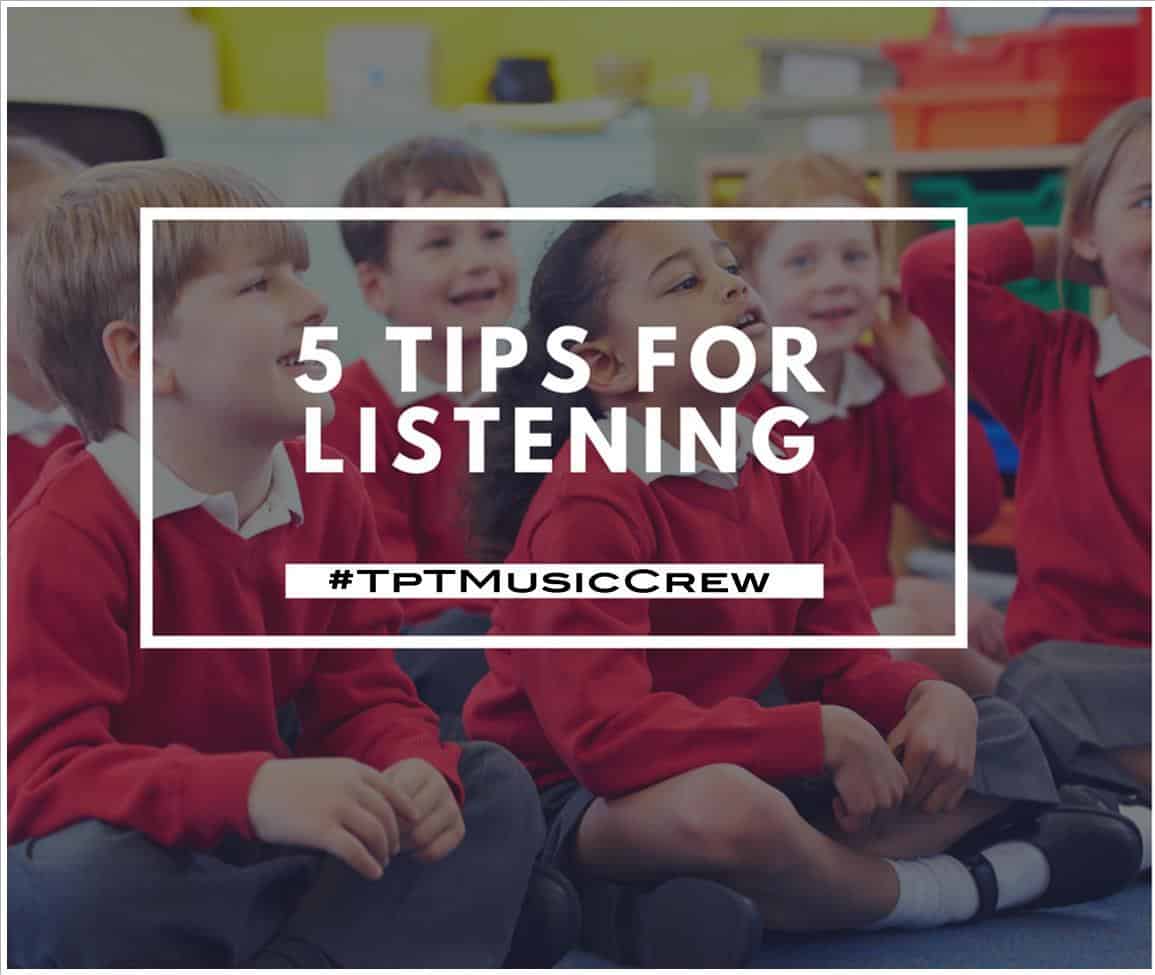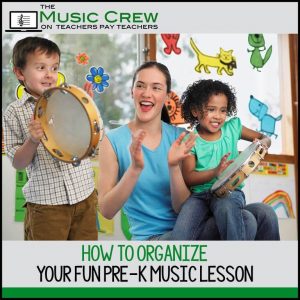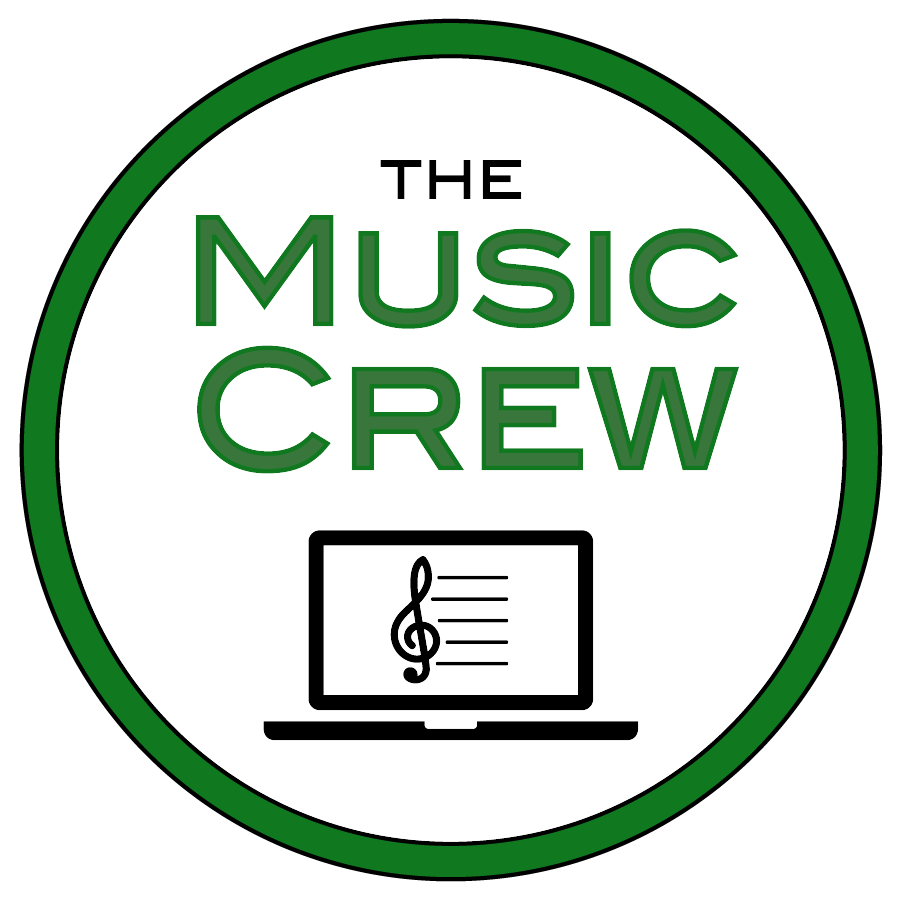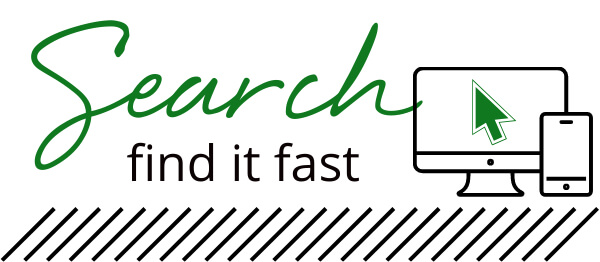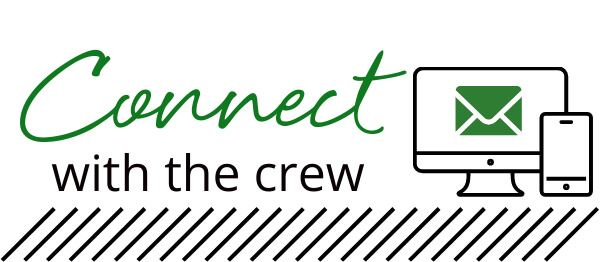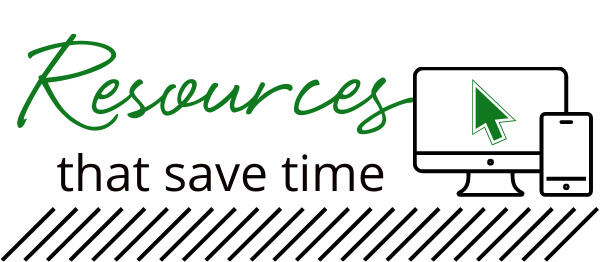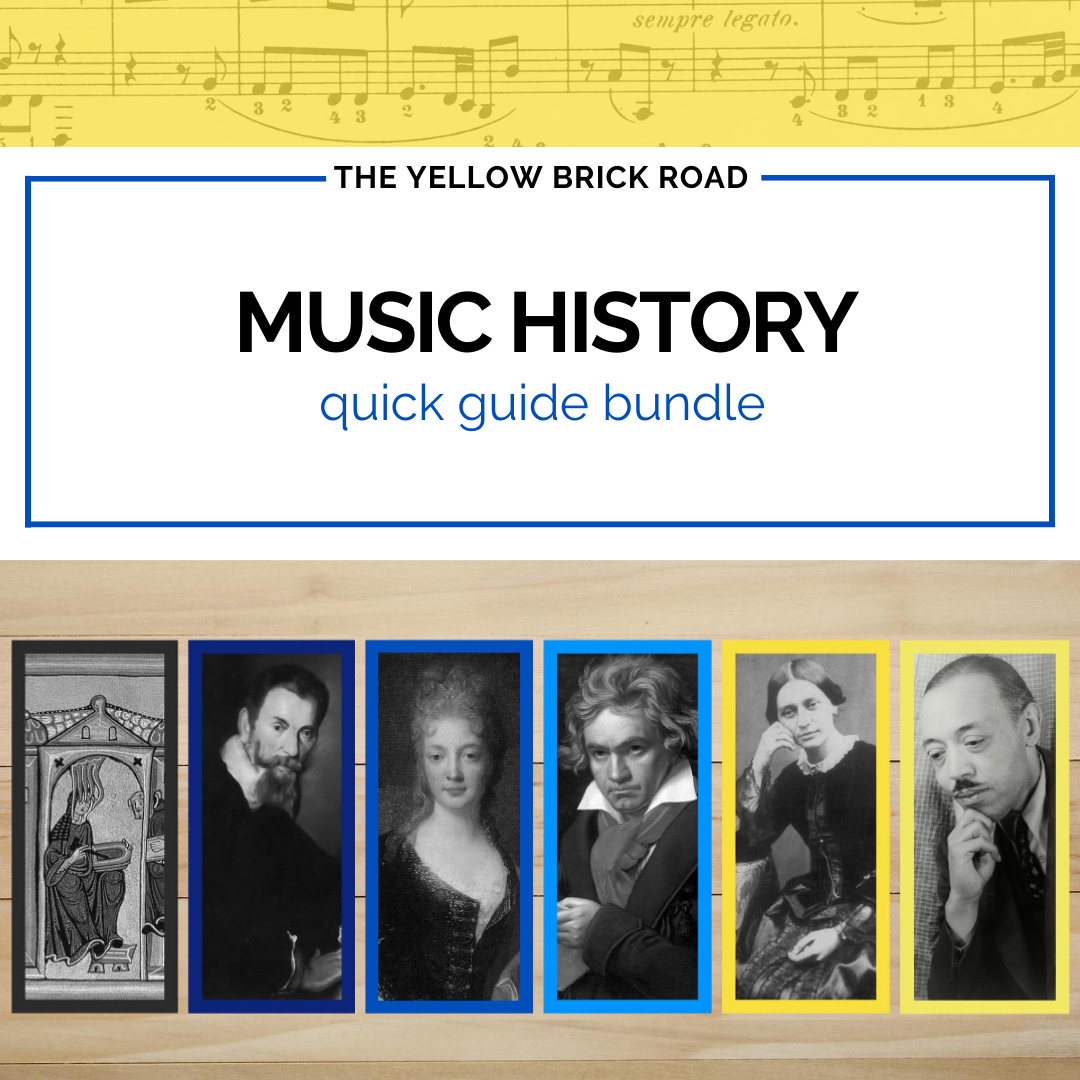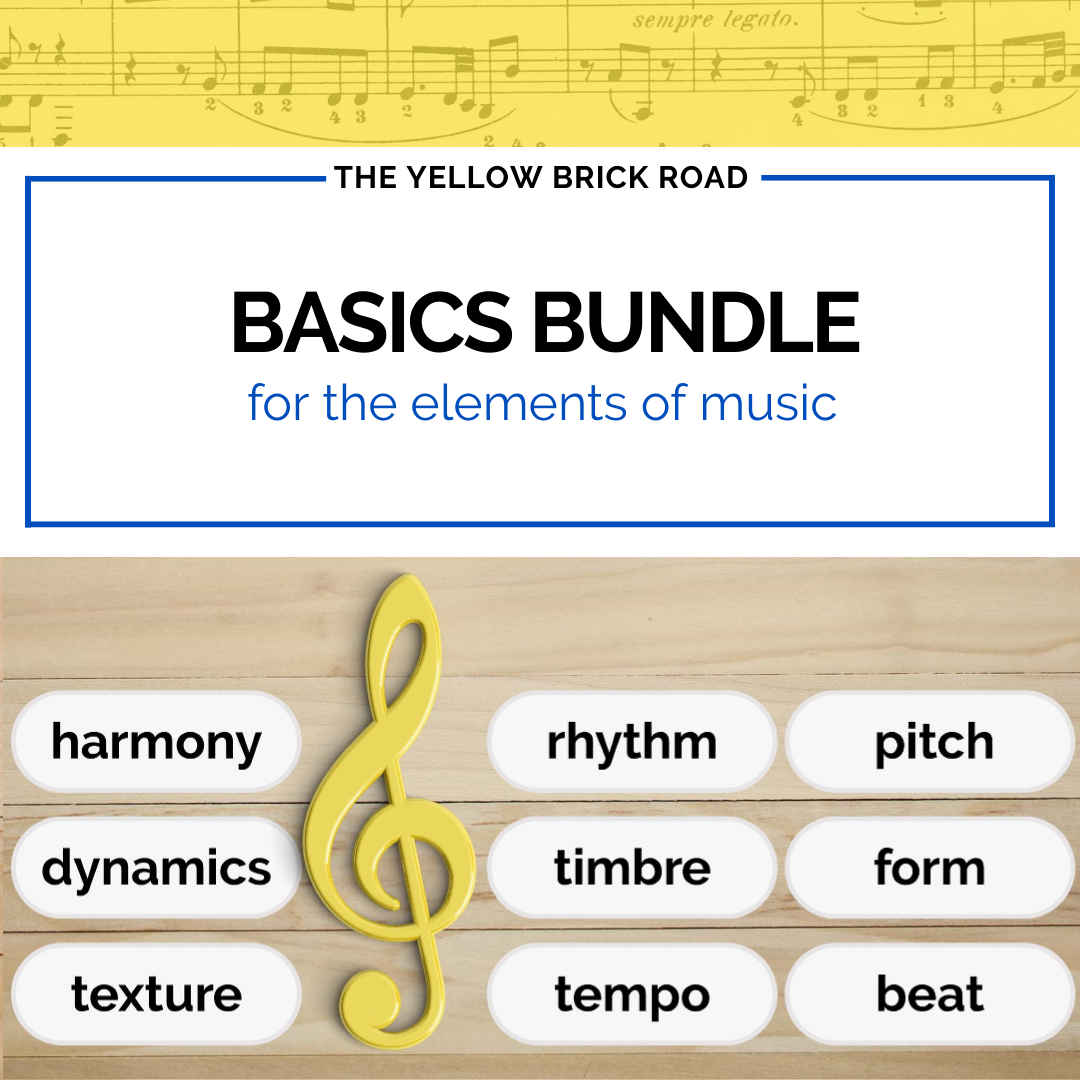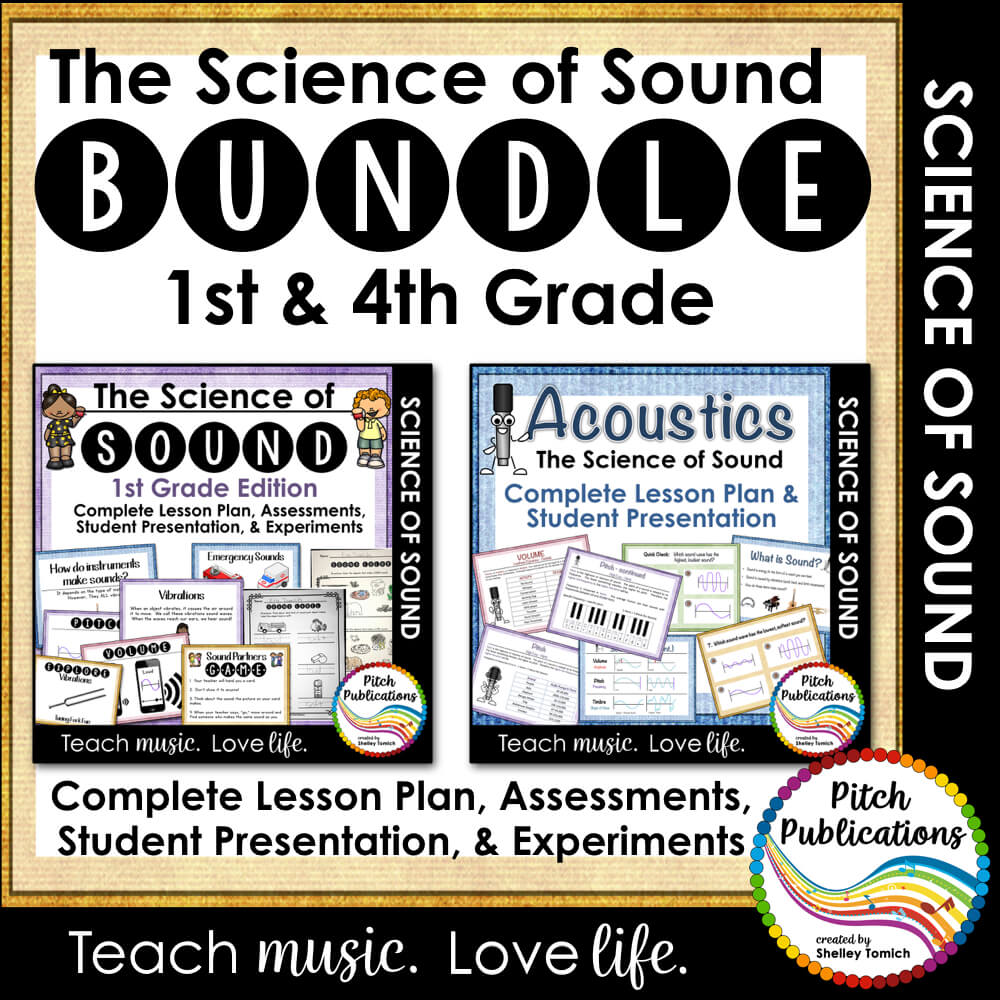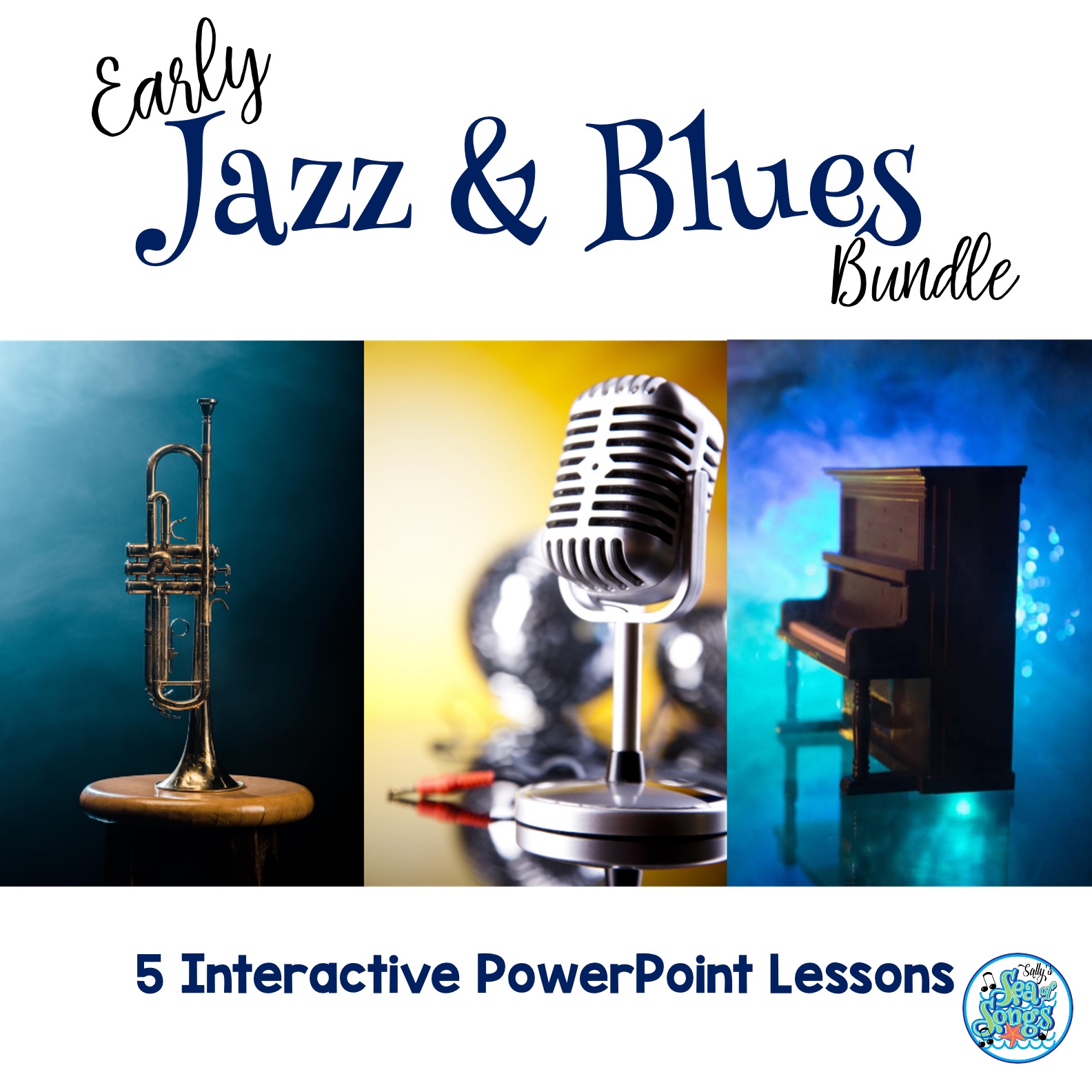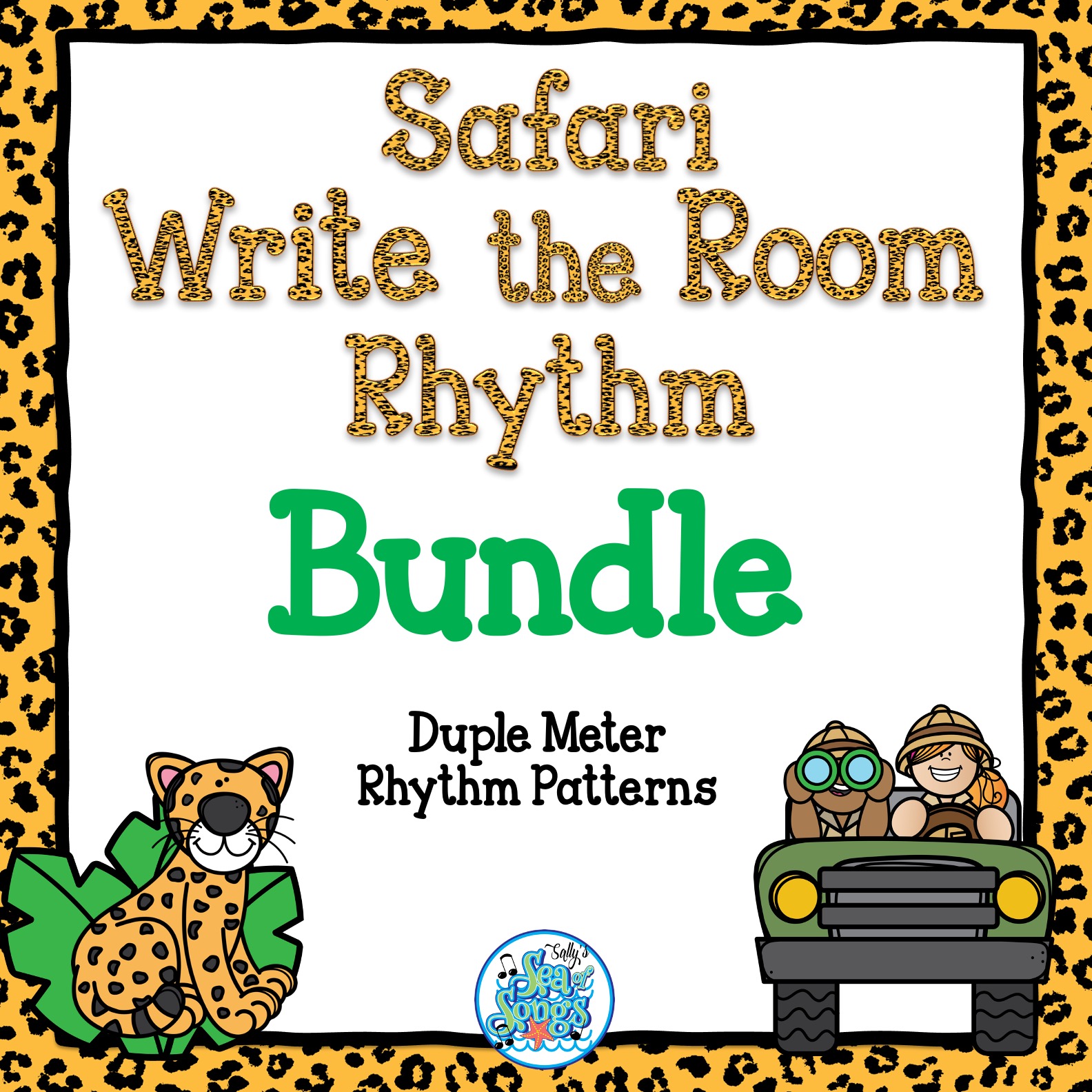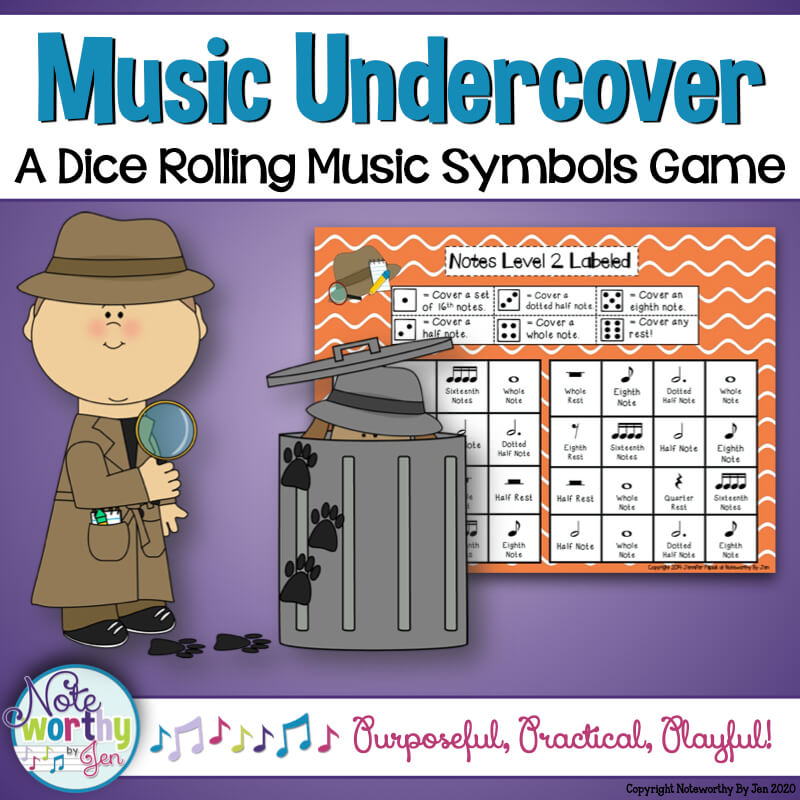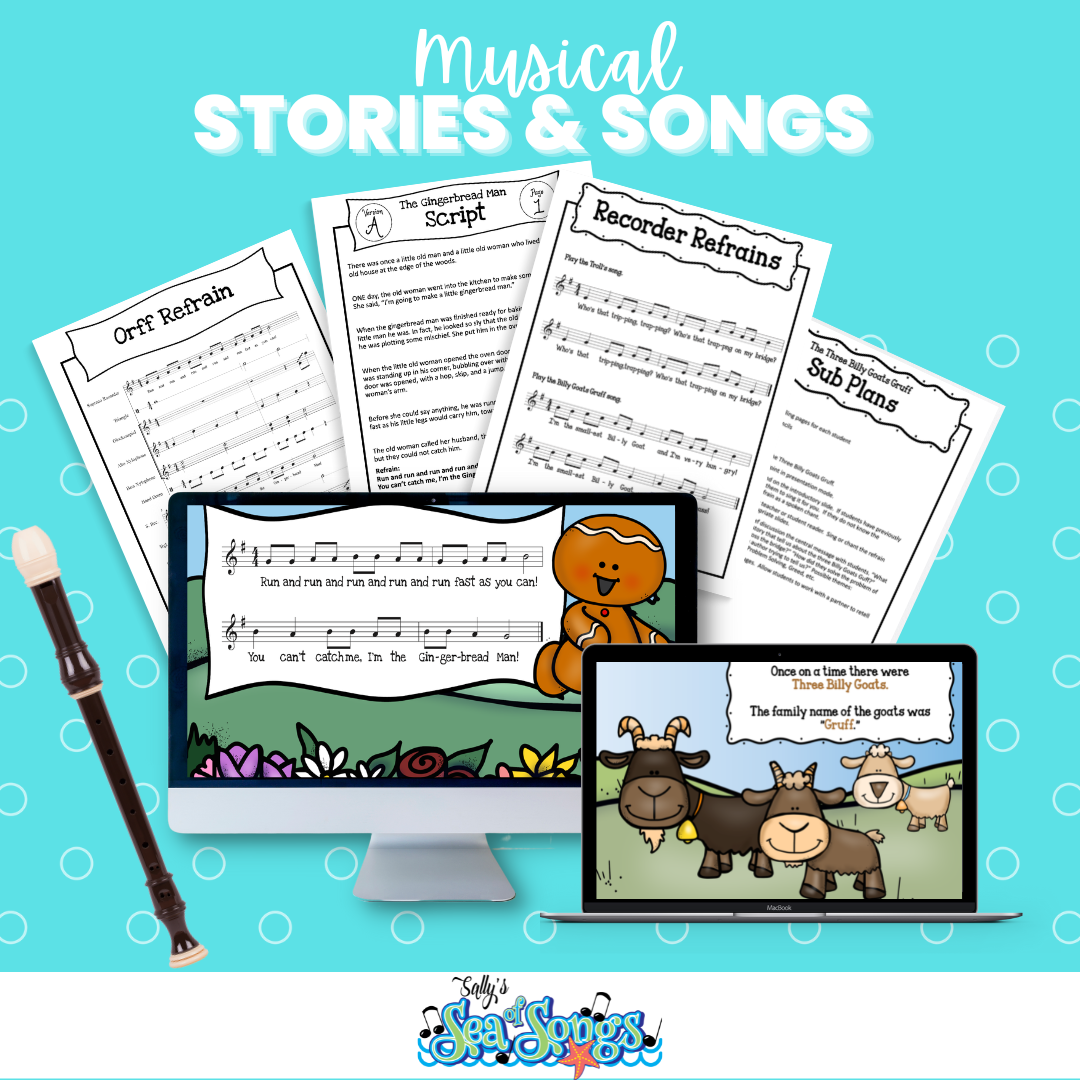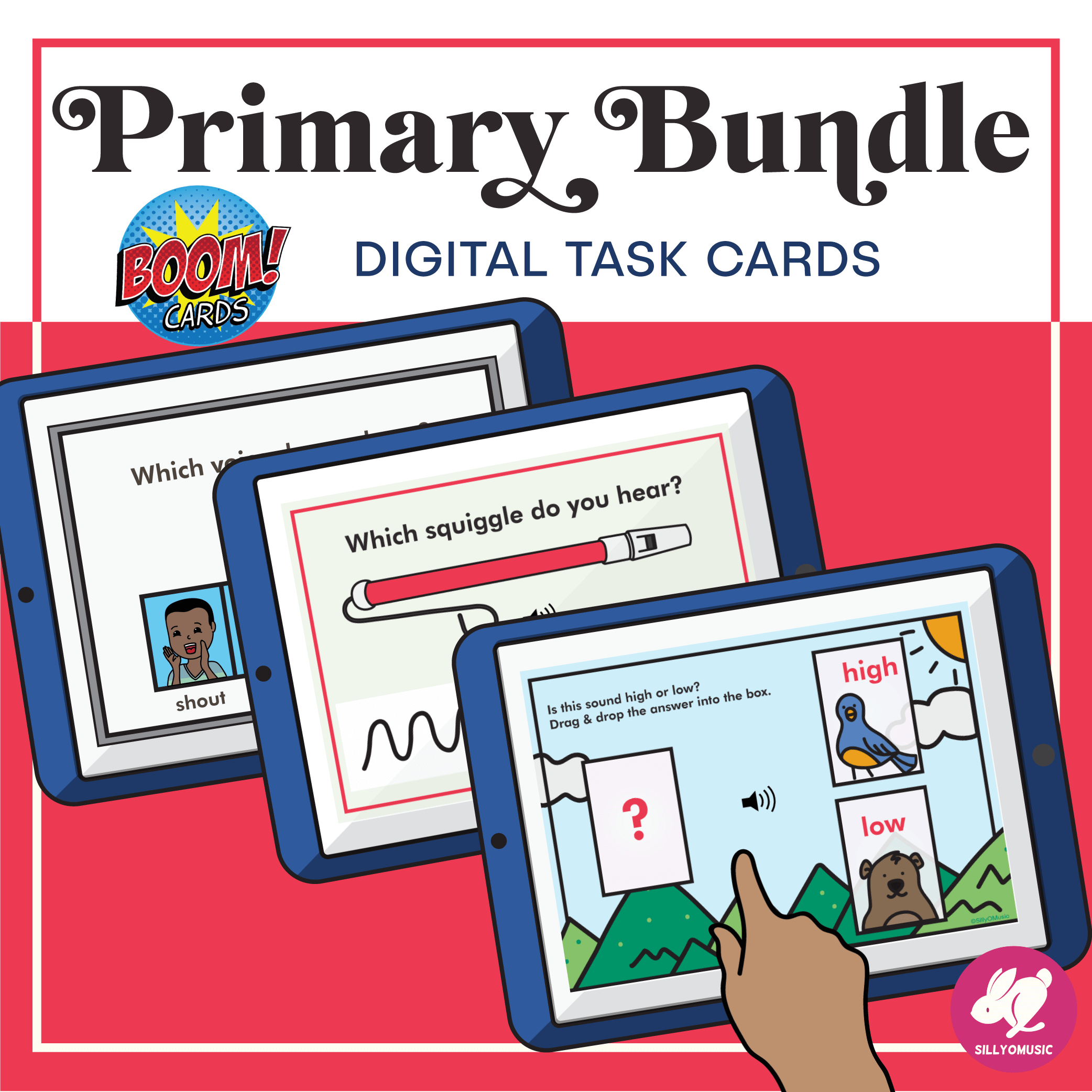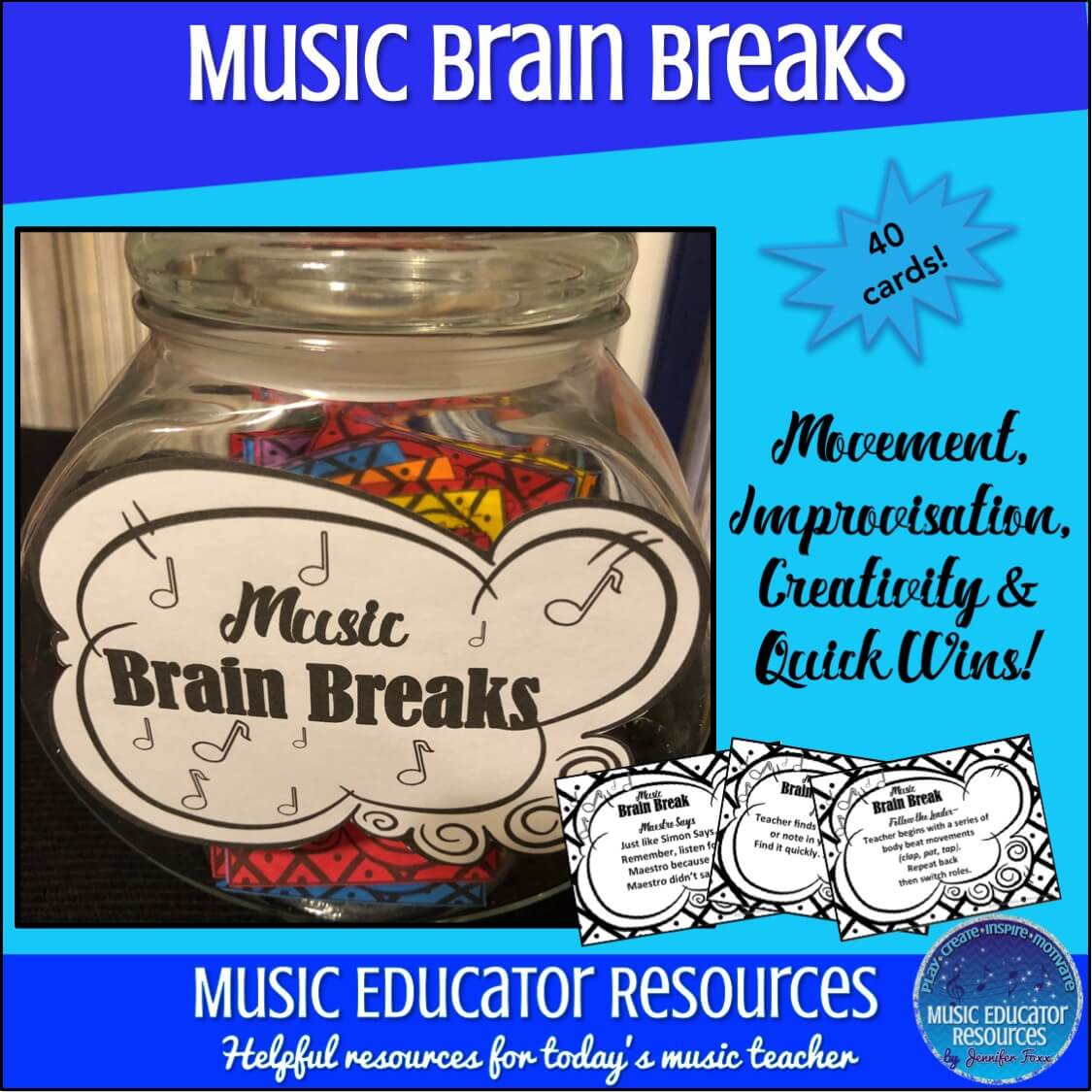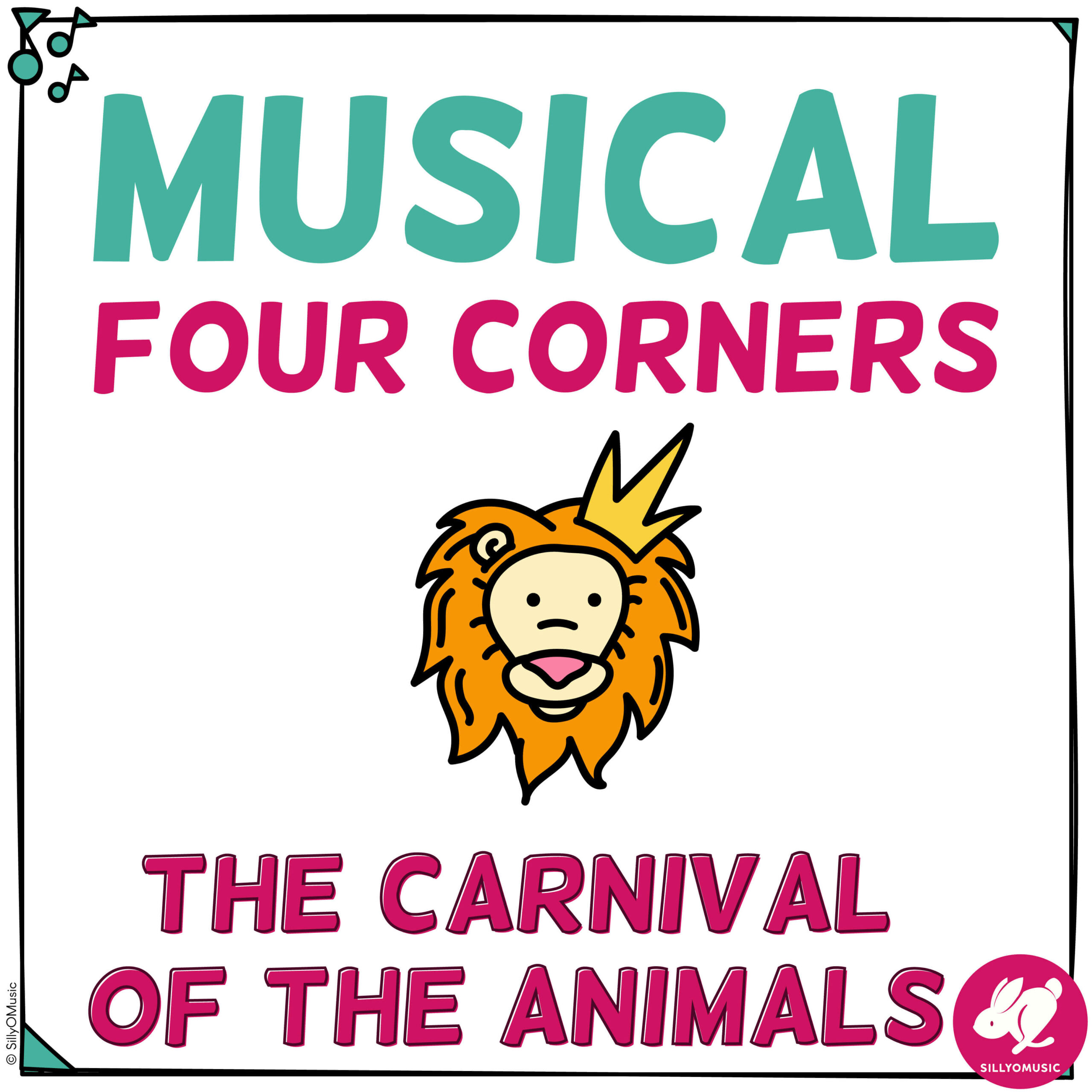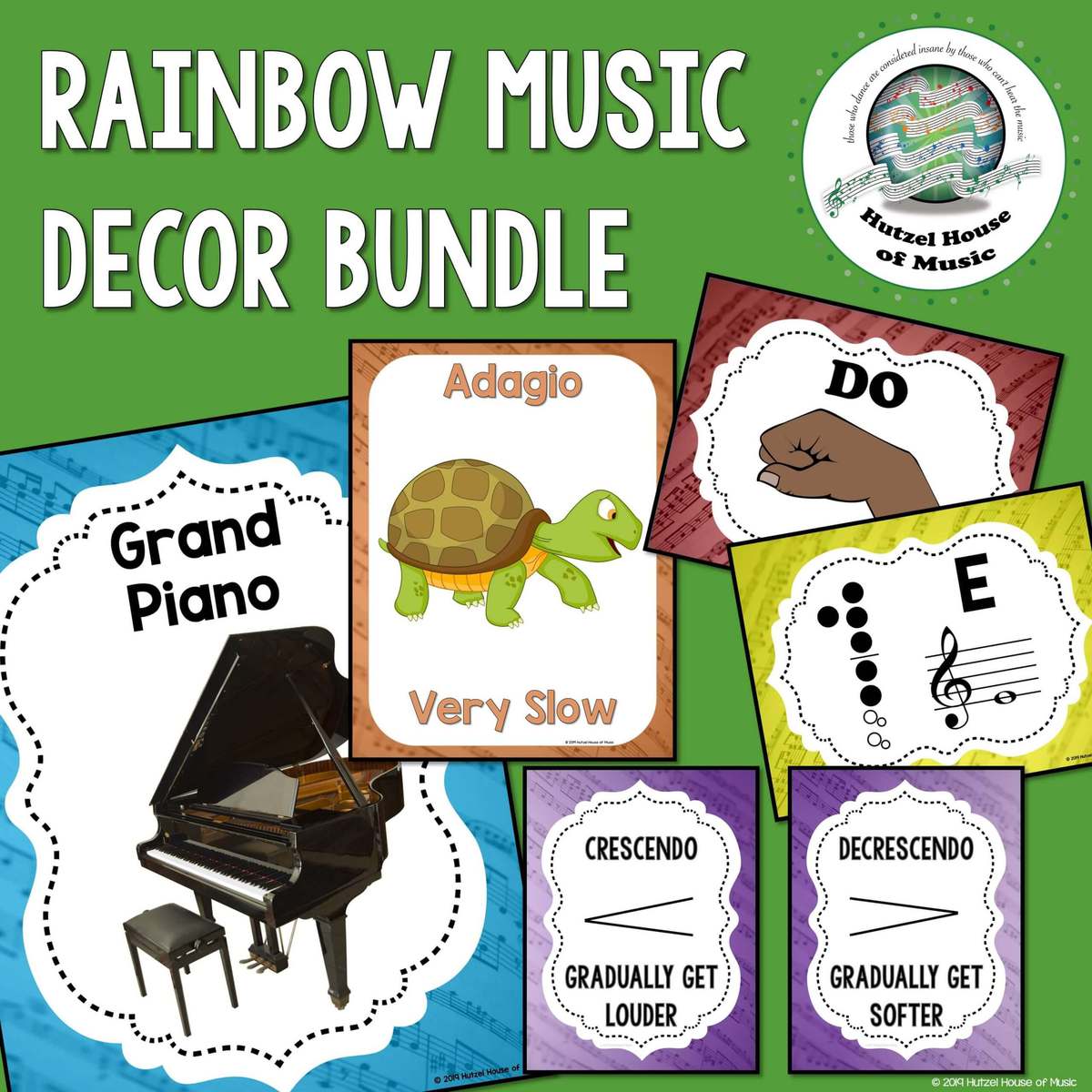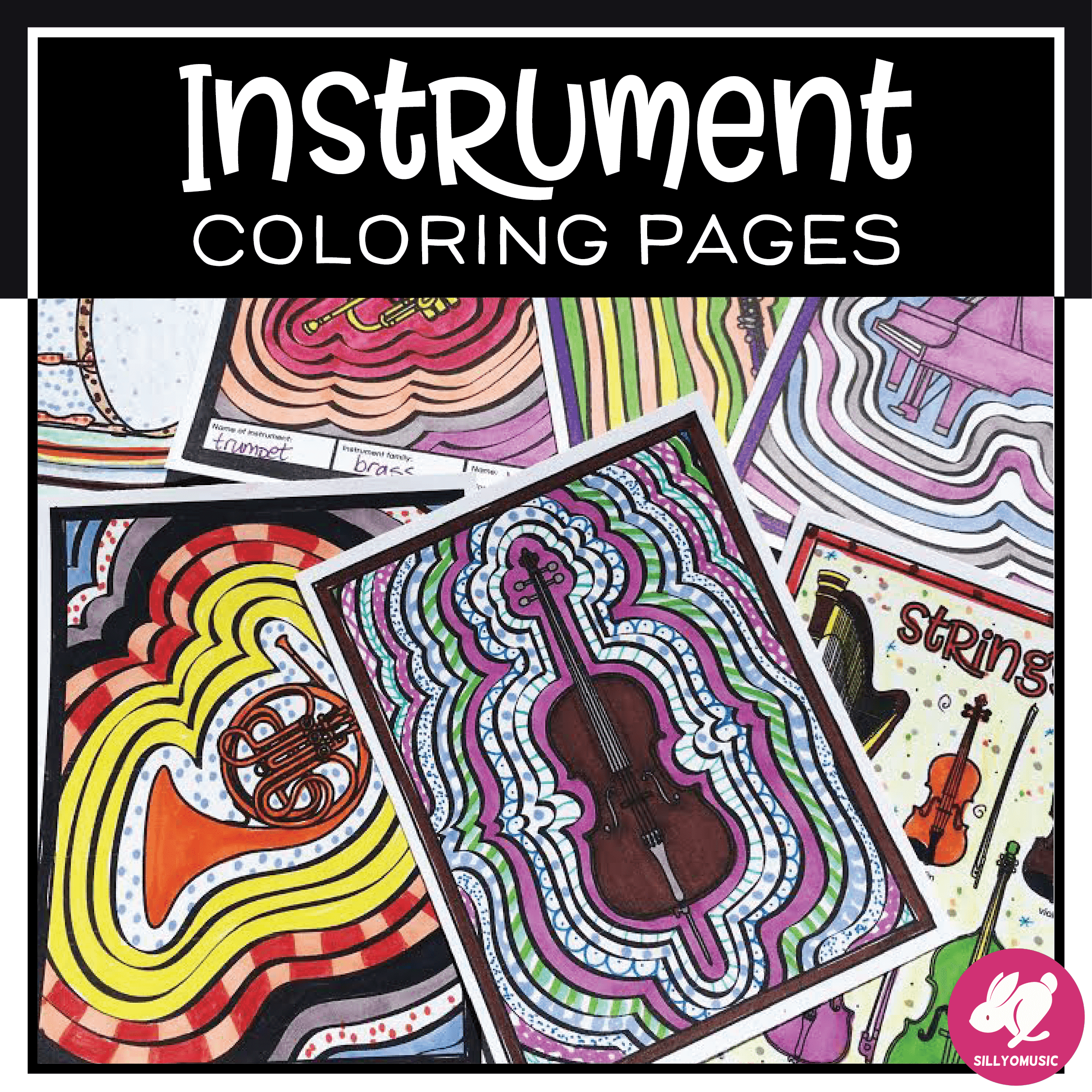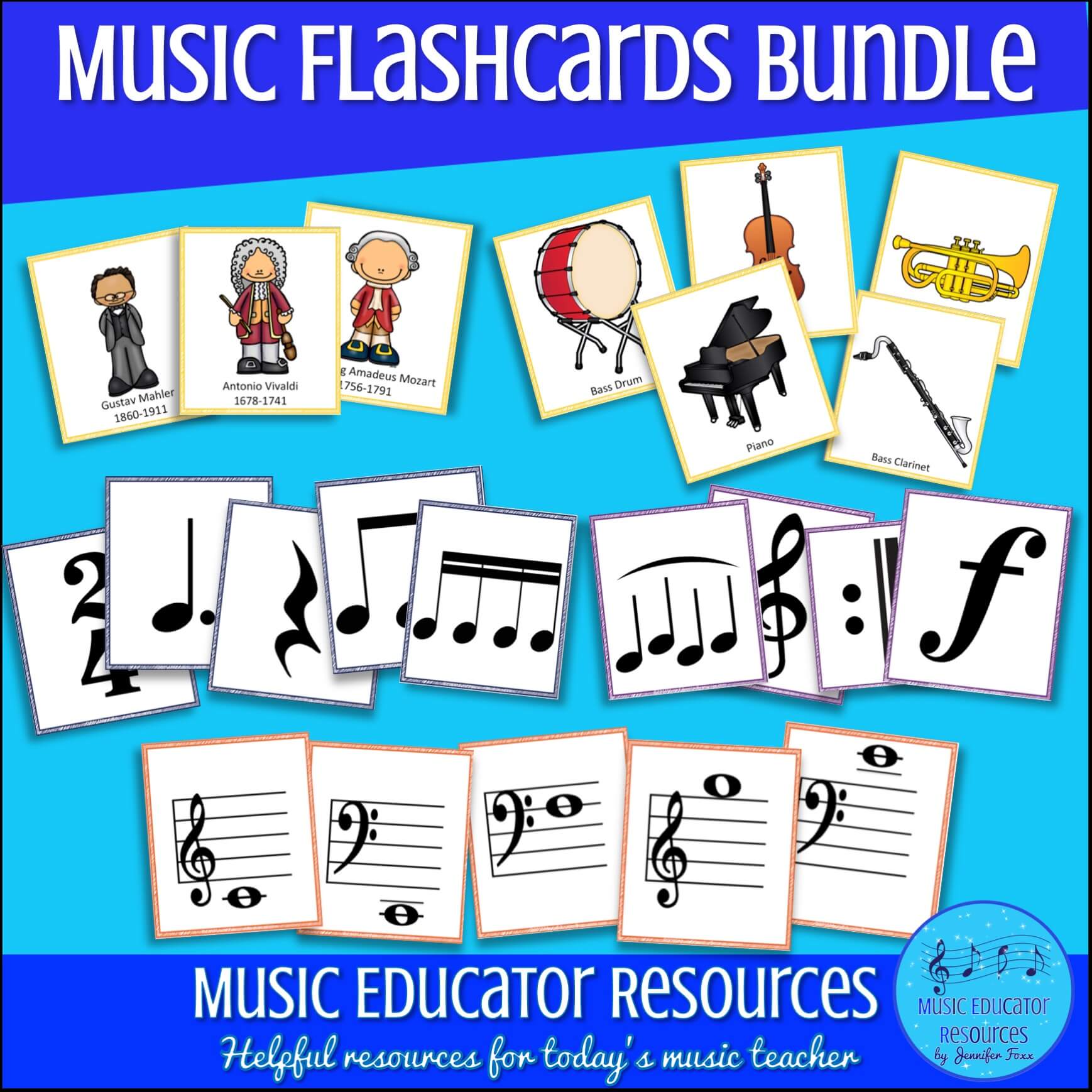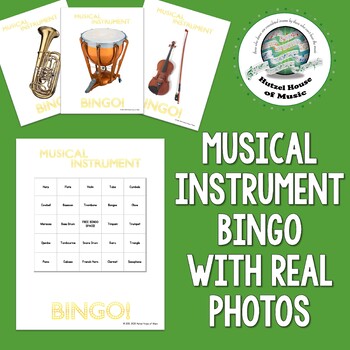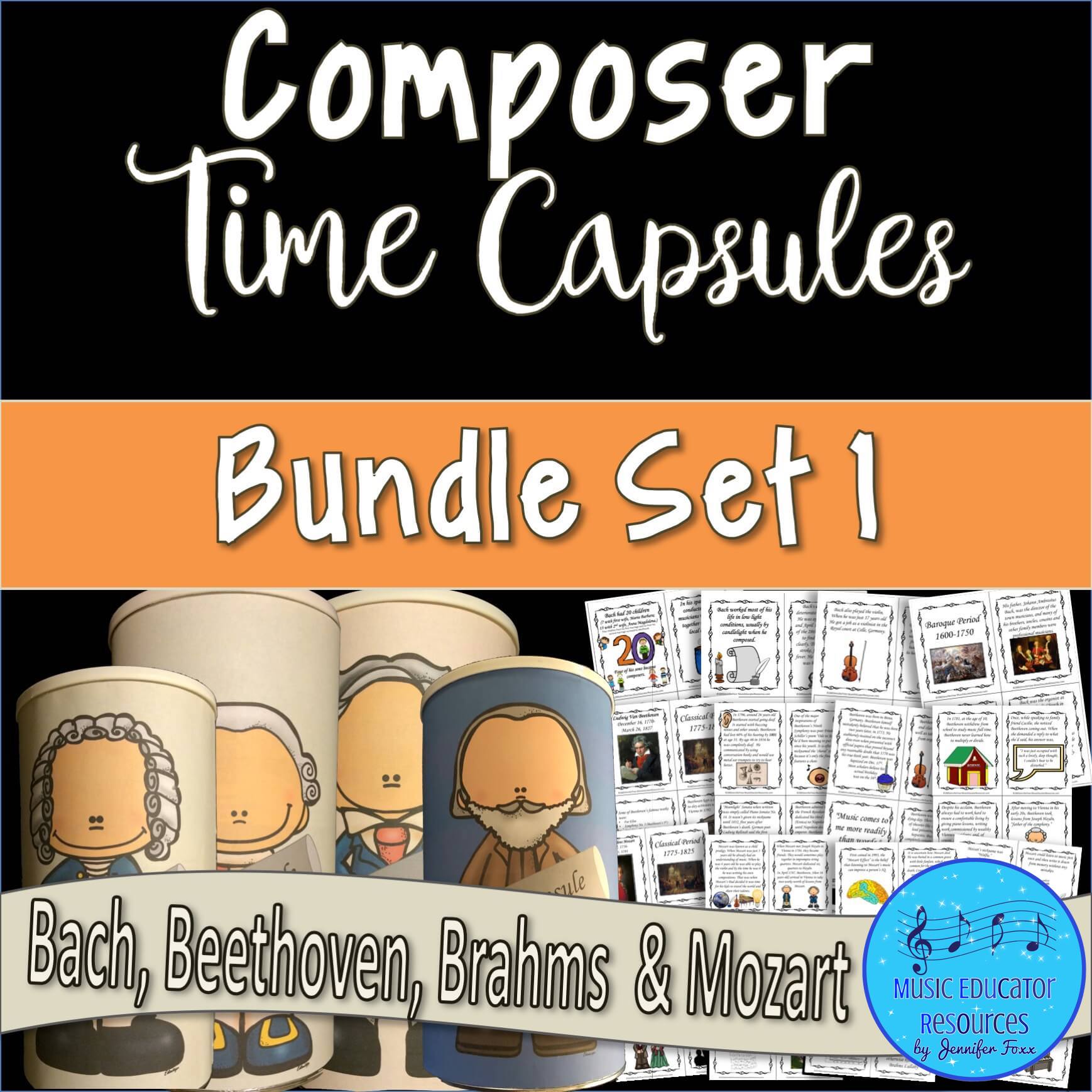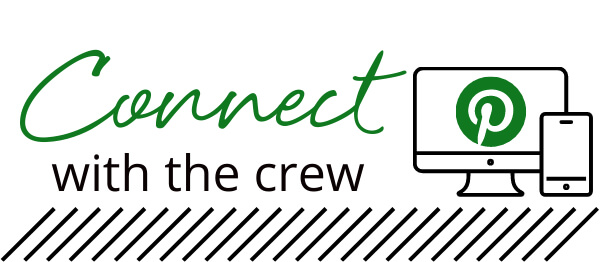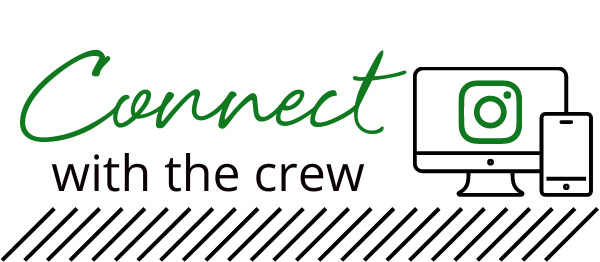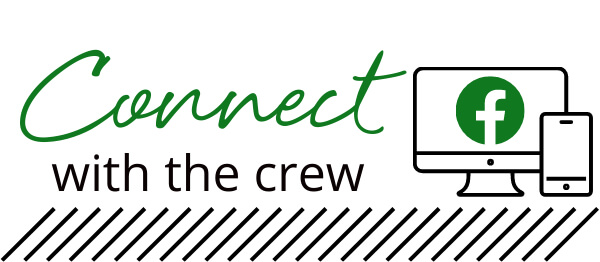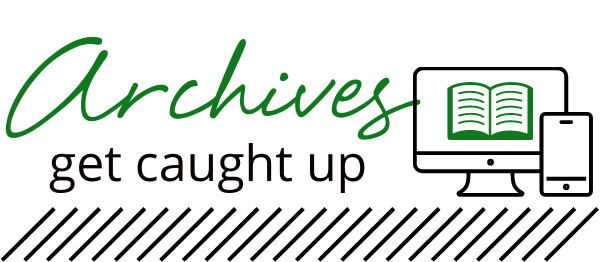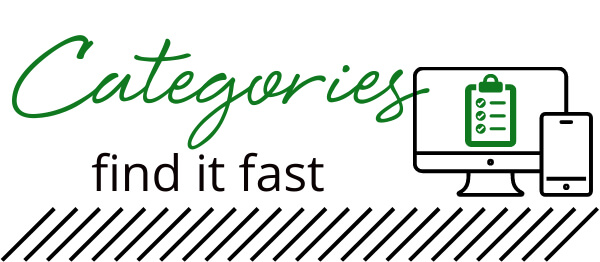It’s another Sunday night. Another week ahead where you aren’t quite sure what to teach, or how to put it into a cohesive lesson plan that will engage your students and propel them into meaningful music making.
The blinking cursor stops now.
Lesson planning doesn’t have to stress you out week after week. If you can find a rhythm (pun intended) for how you put together lessons that promote student music fluency and literacy, your lesson planning becomes something that feels nature. By having a routine in place for choosing what to include in your lessons, you can completely simplify the process and defeat the weekly Sunday Scaries.
Here are 5 tips to simplify & streamline your music lesson planning once and for all.
Determine Your Behavioral Objective
There have certainly been times in my music teacher life where a class has accidentally caught me by surprise. Whether it’s coming back from a field trip early or simply #lifehappened, every once a lesson during the week isn’t as perfectly planned and homed in as I feel like it should be.
The number one way to flip the script? Always know exactly what your lesson objective is for the lesson.
This isn’t just saying, “today we’re working on quarter note,” but instead thinking about what you want your student learning target or behavioral objective to be for that lesson. The reason I refer to is as a behavioral objective is because I want there to be a clear musical behavior somewhere inside of the lesson that tells me students either get it or they don’t.
So rather than simply saying, “today in music we are doing quarter note,” my lesson objective could be “today in music, I will create body percussion patterns with long and short sounds.” The latter is something that my students and I can see, think, and feel happen as we go through the lesson for the day.
Want to know more about writing learning targets for your students? Check out my podcast here.
Create Supporting Activities
After you’ve determined that one thing you want to make happen in your music classroom, the next step is to plan all the other things that are going to happen in your lesson that point back to that particular behavioral objective. Does that mean that every single activity in my lesson is going to relate back to body percussion patterns that are long and short exclusively? No, absolutely not.
But what it does mean is that I’m going to focus on creating music making experiences that support that particular musical concept through different aural, visual, and kinesthetic experiences. Perhaps that means playing a singing game with long and short rhythms. Or reading iconic notation that prepares students for learning the formal name for quarter note later on. Even though these activities are not serving the specific body percussion objective, they support forward momentum toward the same musical concept.
Emphasize Routine
Once you know the activities you want to include in your lessons, it’s time to create some processes that set your kids up for success as they move through the lesson. The two most effective ways to do this is through an opening and closing routine.
I recommend that an opening routine is something that you implement each and every day in your music classroom. And that it is always the same routine. Now, that doesn’t necessarily mean that you are always using the same warm ups or songs to begin your lesson, but it does mean that you are always doing the same type of activities to begin your lesson.
Here’s what my opening routine looks like: First, my students enter the room and immediately go to their spots. I have a singing cue that it’s time for our class to begin, which is simply “all stand up” and they sing it back and follow my instructions. We then go through a series of stretches, a quick hello song, vocal exploration, and some echo singing (both whole class and individually).
I find that even if I vary the hello song that I use, or the vocal exploration exercises, or the echo song that I use, doing these same activities in the same order at the same time in my lessons sets the stage for students to be zeroed in what’s about to happen in music.
Something else I do before I move into the “meat” of my lesson is point out and have students read the behavioral objective or learning target for the day. This way we are all on the same page about what they will be self-assessing at the close of our lesson.
Actively Assess
Since both you and your students are clear on what the behavioral objective is for your lesson together (i.e. “today in music I will create body percussion patterns with long and short sounds”) it should be fairly straightforward for students to determine whether or not they have successfully done so or not.
In this particular objective example, I would imagine two levels of objectives in the music lesson. The first being a teacher-led demonstration and exploration of what long and short body percussion patterns could look like, and the second being student cooperative learning groups where they can collaborate and then share their own patterns. Both provide opportunities for assessment and student self assessment.
Don’t overcomplicate this! Assessment can simply be observations where you take a quick read of the room and decide “we need more time with this” or “they’ve got it, let’s rock and roll.” If you are looking to assess individual students, you can always do so with simple checklists on your seating chart.
For student self assessments, have students do a thumbs up/down/sideways for how it feels in a whole group setting. For small groups, take the opportunity to let them work together to figure out where the sticking points are, or complete a quick exit ticket.
One thing is for sure, assessment does not have to be “stop everything to get pencil and paper and ASSESS.” Make it clear, make it relate back to the behavioral objective, and make your students part of the process.
Want to know more about how I assess? Here’s a podcast I did about active assessment in the music room.
Weekly planning doesn’t have to send you into a spiral of not knowing what to do with the tiny humans that are in front of you on a week to week basis. By following these simple steps, you can start to create continuity in your lessons, and start getting more comfortable with your own style of planning.
Want to know more about how I plan? Check out my FREE guide, The Planning Playbook. I’d love to hear from you! Send me an email at [email protected] with any questions you might have.



